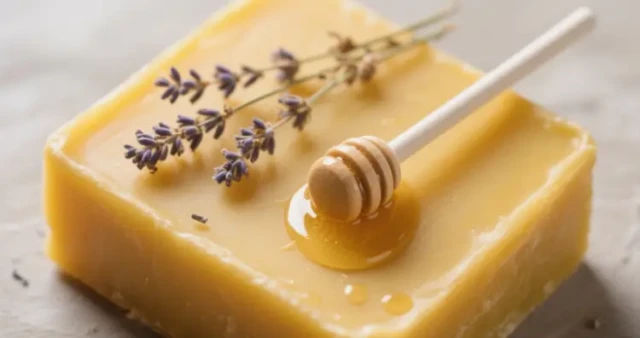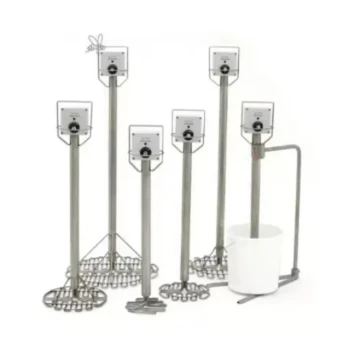For generations, beekeepers viewed wax cappings as mere byproducts of honey extraction. Yet these thin wax layers hold untapped potential—transforming them can boost sustainability and revenue. This guide reveals practical methods to repurpose cappings, backed by proven processing techniques and commercial applications.
The Role of Wax Cappings in Honey Production
Wax cappings serve as nature’s sealant: worker bees produce them to preserve honeycomb cells. When harvesting honey, removing these cappings is the first step—but discarding them wastes a resource-rich material.
How Wax Cappings Are Formed and Harvested
Bees secrete wax from abdominal glands, shaping it into airtight caps over ripe honey. During extraction:
- Timing matters: Cappings are easiest to remove when honey moisture levels are below 18%.
- Harvest methods: Manual uncapping (common for small-scale operations) or mechanical uncapping (for commercial apiaries).
Tools and Techniques for Efficient Removal
Proper tools minimize waste and maintain wax quality:
- Hot knives: Electrically heated blades melt cappings cleanly, ideal for large batches.
- Cold knives: Budget-friendly and effective when dipped in hot water to reduce drag.
- Uncapping tanks: Capture drippings for later processing.
Pro Tip: Pair tools with an uncapping roller or slicer to speed up the process.
Maximizing the Value of Wax Cappings
Processed cappings yield high-quality beeswax, a commodity with diverse markets.
From Cleanup to Beeswax: Processing Methods
- Filtering: Melt cappings in hot water (160–185°F), then strain through cheesecloth to remove debris.
- Purifying: Let the wax cool; impurities sink, leaving a clean top layer.
- Molding: Pour purified wax into blocks or pellets for storage or sale.
Commercial Uses of Recycled Wax Cappings
- Cosmetics and candles: Beeswax’s natural texture and scent command premium prices.
- Food wraps and polishes: Non-toxic and biodegradable alternatives to synthetic products.
- Foundation sheets: Recycled wax can be rolled into comb foundations for hives.
Did you know? Some apiaries earn up to 30% more revenue by selling processed wax alongside honey.
Sustainable Beekeeping Practices
Efficient capping reuse aligns with eco-friendly apiary management.
Reducing Waste in Honey Extraction
- Closed-loop systems: Redirect cappings into wax melters instead of trash bins.
- Energy efficiency: Solar wax extractors reduce fuel costs during processing.
Case Studies: Profitable Wax Capping Ventures
- Midwestern apiary: Added $5,000/year by supplying local candle makers with refined wax.
- Organic beekeepers: Market “zero-waste” honey, appealing to eco-conscious buyers.
Ready to optimize your beekeeping workflow? HONESTBEE equips commercial apiaries and distributors with durable uncapping tools and extraction systems—helping you convert waste into profit. Explore our wholesale-focused solutions today.
Prodotti correlati
- Fonditore elettrico di cera d'api commerciale per uso industriale
- Fonditore solare di cera d'api Facile fonditore solare per cera d'api
- Macchina elettrica di fondazione della cera d'api con il vassoio di funzionamento e il rullo di fondazione della cera
- Macchina manuale per fogli piani di cera d'api per la lavorazione della cera d'api
- Attrezzo professionale in acciaio inox a doppia estremità per l'apicoltura
Articoli correlati
- Fondi-cera Elettrici: Come la Tecnologia Moderna Migliora Efficienza e Risparmio
- Come ottimizzare la fusione della cera d'api industriale:Parametri chiave per la qualità e l'efficienza
- Come sciogliere la cera d'api in modo sicuro:Metodi esperti per evitare il rischio di incendio
- Come gli apicoltori trasformano la vecchia cera d'api in imprese redditizie
- Come separare la cera d'api pura dai residui di miele: Metodi efficienti per il riutilizzo




















